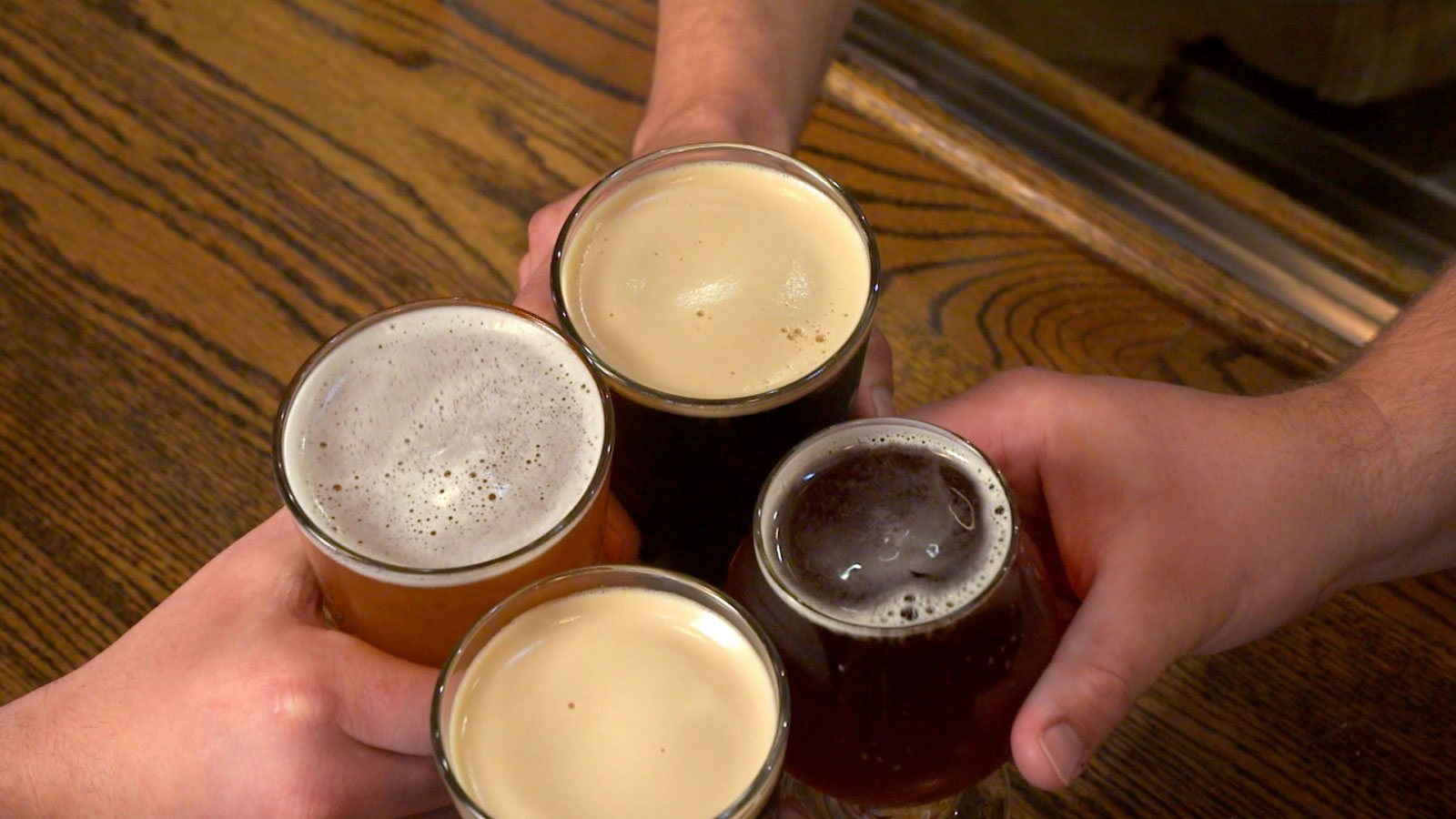Don’t brush off your winter blues. There are effective seasonal depression treatments to get you feeling more like yourself.
When the season shifts to cooler temps, your mood might shift, too — for better or worse. In the northern latitudes, winter lovers look forward to cozy nights, roaring fires and sparkling snowscapes.
But if you have seasonal affective disorder (SAD), you may find the shorter days lead to a dark and dreary season for your body and mind alike.
“SAD is a form of depression that brings about a range of physical and emotional symptoms during the winter months,” says Kylie Oleski, PsyD, director of adult integrated services in the Psychiatry Department at Geisinger. “However, they tend to go away during the spring and summer months as the days begin to lengthen again.”
If you’ve felt sad or depressed during the past few winters, you’re not alone. Seasonal depression is common, but don’t brush it off as just the winter blues. There are effective seasonal depression treatments to help fight the funk.
What is seasonal affective disorder?
Seasonal affective disorder is a recurring type of mild to moderate depression that tends to have a seasonal pattern. For most, symptoms begin in late fall and early winter, when temperatures drop and the days get shorter, and can linger around until late spring.
While doctors and researchers aren’t exactly sure what causes SAD, many suspect it’s linked to lower exposure to sunlight. Spending more time indoors during the winter months just exacerbates the situation.
“Many health experts believe less sunlight can disrupt a person’s melatonin and serotonin levels, adversely affecting their sleep, mood and overall feeling of well-being,” says Dr. Oleski. “Less daylight also can affect their circadian rhythm, leaving people feeling drowsy with low energy.”
Symptoms of seasonal affective disorder
Symptoms of SAD are similar to other signs of depression — just limited to certain times of the year. Typically, summers are most often symptom-free for people with seasonal depression.
If you have SAD, you may have:
- Persistent sadness, moodiness or irritability
- Low energy and lack of motivation to complete daily tasks
- A loss of interest in social activities you once enjoyed
- Difficulty concentrating or making decisions
- Daytime fatigue, despite oversleeping
- Weight gain and cravings for carb-rich comfort foods, such as macaroni and cheese
Who’s most at risk for seasonal depression
While SAD can affect anyone, those who are more likely to develop the condition include:
- Women
- People who live farther from the equator, where the days are shorter
- Younger adults, especially between the ages of 15 and 55
- People with a family or personal history of depression or bipolar disorder
Seasonal depression treatments
If the long, cold and dark days of winter have you (and your fingers) blue, Dr. Oleski offers seven lifestyle changes to help you feel more like yourself and keep seasonal affective disorder at bay.
“Treating SAD is important because all forms of depression limit your ability to enjoy life and function well on a daily basis,” says Dr. Oleski. “You can start with healthy lifestyle changes to help manage and alleviate symptoms.”
1. Spend more time outdoors
It may be cold outside, but getting out of your house or office can help you shake the blues. Take a walk during your lunch hour or go for a hike on the weekend to expose your body to more natural light. On days when it’s just too frigid to go outside, open your blinds to let in as much natural light as possible.
Sunlight increases your vitamin D levels. Many people who live in colder climates don’t get enough of the “sunshine” vitamin, which can lead to depression-like symptoms.
2. Consider light therapy
During the winter months, a light therapy box can provide some relief from the symptoms of SAD. Light therapy boxes use a special fluorescent light bulb that mimics daylight and emit very bright light that’s at least 10 times stronger than ordinary home lighting.
The key is to do light therapy within an hour of waking up for about 20 to 30 minutes a day. Make sure to keep the light box near your face, but don’t look directly at the light.
“Light therapy can change chemicals in your brain that boosts your mood, and can help regulate your circadian rhythm, especially when it’s done in the morning,” explains Dr. Oleski.
3. Exercise regularly
Research shows elevating your heart rate with a brisk walk, bike, run or other workout can stave off feelings of moodiness. Physical activity releases natural chemicals in your brain called endorphins, which reduce stress and improve your mood.
Exercising outdoors is a bonus. Pairing exercise and sunlight can increase serotonin levels in the brain. Serotonin helps with mood regulation, lessening feelings of sadness or anxiety while boosting happiness. Too cold to go out for your workout? Exercise near a window at home or in the gym.
4. Maintain a healthy diet
While you may crave comfort foods, sticking to a heart-healthy diet is better for treating SAD. Plenty of fruits and vegetables, whole grains and healthy proteins can boost your mood and give you more energy. Plus, a balanced diet can help combat weight gain over the winter months.
5. Catch your Zzz’s every night
You can also combat SAD by getting enough sleep and maintaining a consistent sleep schedule. Keeping regular sleeping and waking hours exposes you to light at consistent times, which benefits your circadian rhythm.
“Aim to get between seven to nine hours of sleep each night,” says Dr. Oleski. “To help fight SAD, it’s also helpful to wake up with the sun in the morning.”
6. Socialize more
Beef up your social calendar to keep SAD at bay. Try to keep in touch with people you care about and accept any invitations you get to social events, even if you only go for a little while.
Socializing reduces symptoms of depression, including feelings of loneliness, isolation and anxiety. Research shows your body releases endorphins during positive social contact. It’s similar to the physical response after a hard workout, which gives a boost of happiness while reducing stress.
7. Vacation south, if possible
If your budget allows, head south for a winter vacation. Spending a few days somewhere warm and sunny can do wonders for your state of mind. The anticipation as you prepare for vacation and the excitement during the vacation can linger, helping get you through the last few weeks of winter.
When to talk to your doctor about seasonal depression
If these natural remedies don’t seem to help and your symptoms worsen or disrupt your daily life, talk to your doctor. Feeling slightly down during the colder months is normal, but don’t ignore persistent, severe symptoms.
Like other forms of depression, medication (like antidepressants) and talk therapy to help you identify negative thought patterns and coping strategies have been proven effective for seasonal affective disorder.
“Everyone is affected differently by SAD, so what works for one person may not work for you,” notes Dr. Oleski. “That’s why doctors may recommend a combination of therapies, including lifestyle changes, medication and psychotherapy.”
If you have a history of SAD, don’t wait until symptoms surface. Schedule an appointment so you and your provider can begin a treatment plan now — and avoid worsening symptoms once winter hits.






















